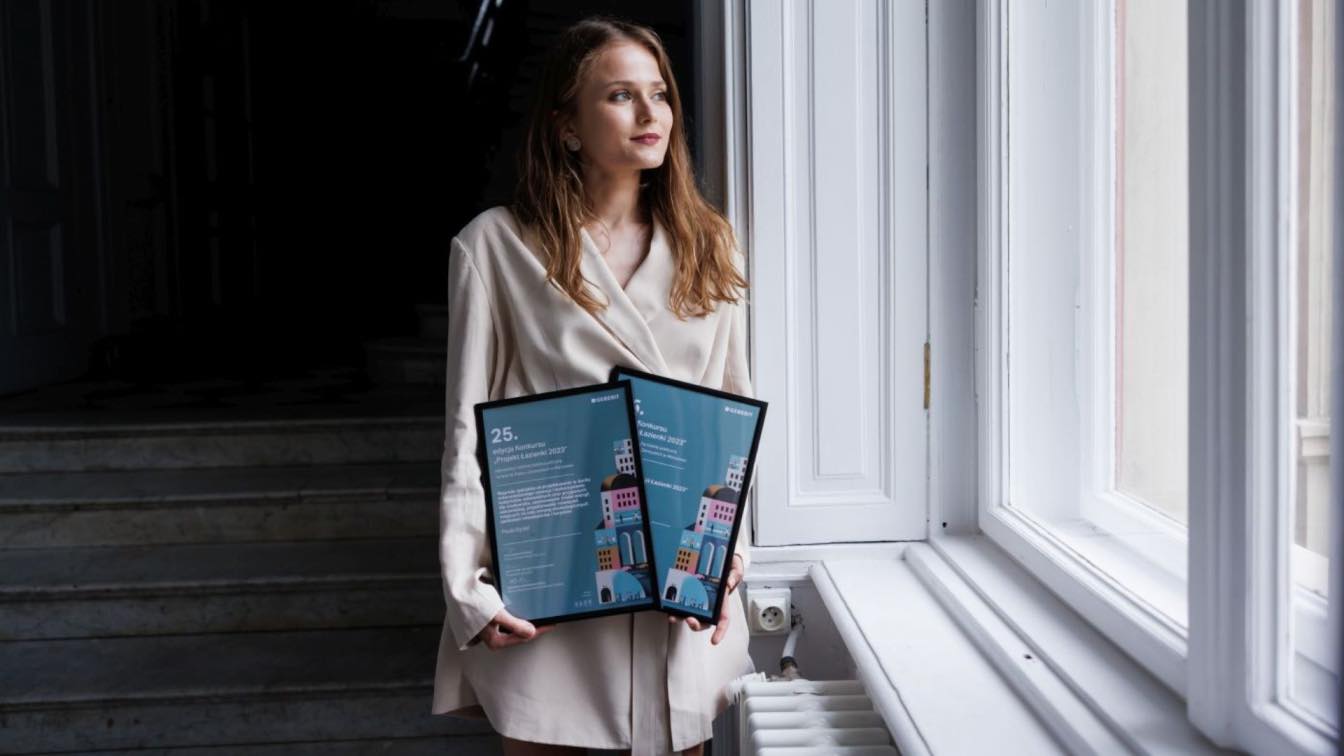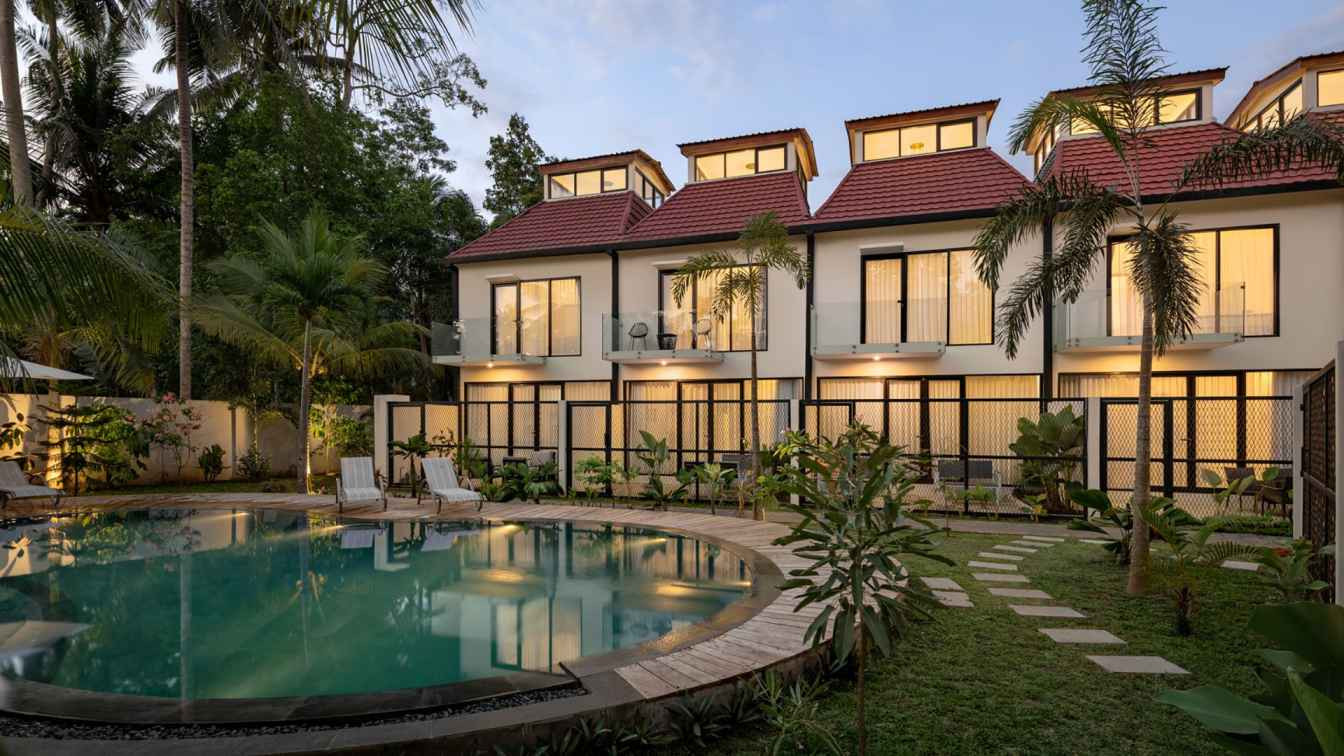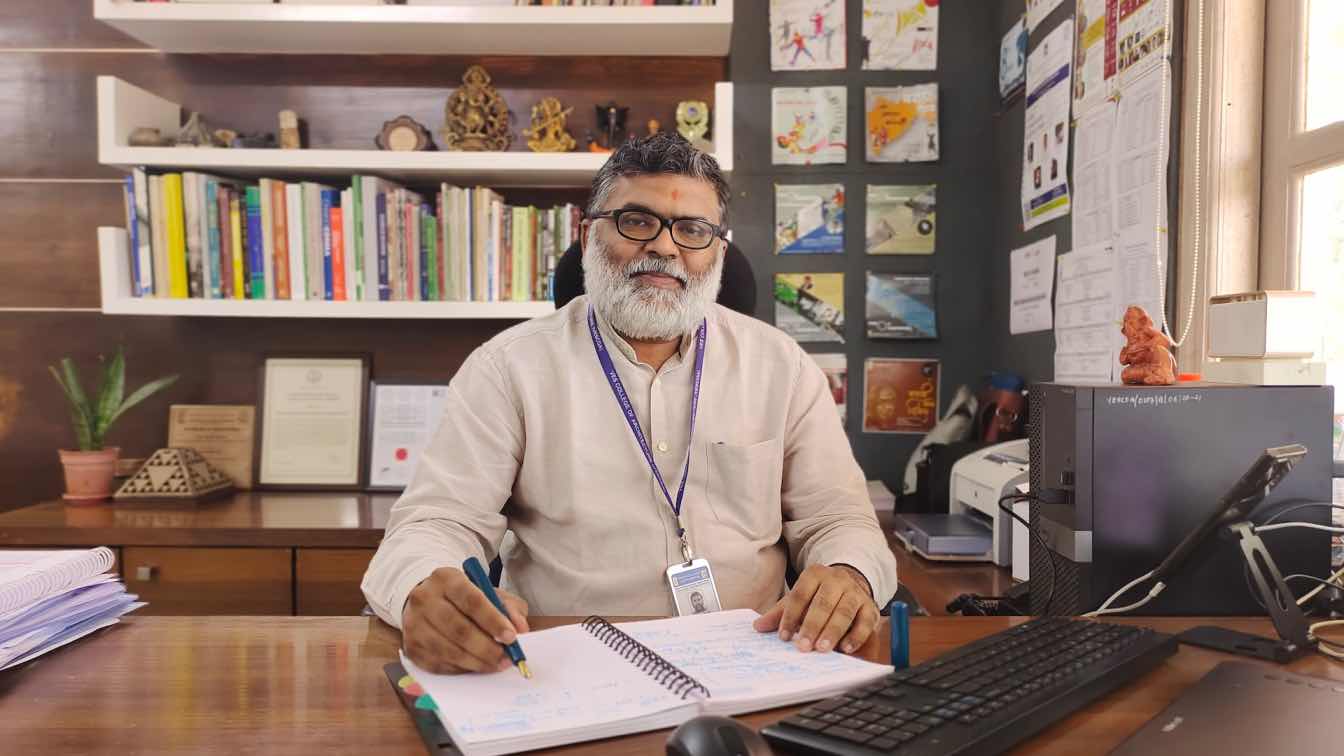In New York City, Hajir Al Khusaibi is a forward-thinking designer whose career reflects a blend of innovation and practical experience. A proud graduate of Penn State University's Stuckeman School of Architecture, she earned her Bachelor's degree in Architecture before pursuing a Master of Science at Columbia University, where she specialized in Real Estate Development and Advanced Architectural Design.
Her professional journey began in the Middle East, where she contributed to the Muscat Bay development under Saraya Bandar Jissah. This role set the stage for her move to NYC, where she further developed her skills in graduate school and later worked as a design manager across commercial and residential projects. Her path illustrates that success in design and architecture comes from integrating vision with practical experience.
Today, we have the opportunity to hear from Hajir Al Khusaibi about how AI is changing architectural and design processes. She will explain how AI is transforming the tenant fit-out process and improving overall experiences in the field.
Hajir, Thank you for joining us today, can you give us a little background into the work you do?
Hajir Al Khusaibi: Thanks, for having me. My job is to help shape the interior work spaces for the firm's diverse portfolio. I started off as an architect, but with my real estate background, I have transitioned into the role of design manager. I believe that this role really suits me, as it allows me to spread my wings on a variety of subjects instead of focusing solely on architecture and bridge gaps between design, construction and marketing which is super rewarding.
For the uninitiated, what is a commercial tenant fit out process, and how can this term be simplified?
In simple terms, a tenant fit-out is the journey from an empty shell to a fully-equipped office that not only looks the part but also enhances the company's productivity and reflects its corporate identity. For a commercial tenant fit out process, we take a vacant commercial space and make it into a usable custom work environment. This happens usually when a company leases an empty floor in an office building. We start the fit out from that stage, essentially a blank canvas. Taking a “white-box” we get to use all of our design, and style concepts to make the space into a functional branded workspace that is custom tailored to the tenants needs.
What goes into the fit out process?
The process is intricate and goes beyond what is considered normal office set up. I like to look beyond just the desks and chairs layout, and work with the tenant to create a bespoke office space. Every element is tailored individually to a company’s unique style and operational requirements. The process involves outfitting the space with everything from lighting fixtures to state-of-the-art technology.
In what ways is AI helping this process?
AI has really started to transform the fit-out process in some really cool ways. In particular the generative layout design has really been simplified and sped up. By allowing us to rapidly produce multiple layout options based on specific parameters, AI has drastically reduced the amount of time it takes to design layouts. With traditional design, making multiple layout iterations could take weeks or even months, but now takes us mere minutes or hours depending on the complexity of the project.
Are there any non-design specific benefits to AI?
Yes, cost prediction is an area where AI has become incredibly useful. AI programming can take all the data from previous projects and compile it to create more accurate budget forecasts. This helps us to mitigate unexpected expenses, and keeps the budget accurate. The predictive power also helps us with sustainability aspects as well. The AI algorithms can fine-tune designs for optimal energy efficiency, recommending materials and systems that reduce environmental impact while adhering to the tenant's specifications.
Do you see the role of AI changing or advancing over time?
I think it is important to note that AI applications are still evolving. Like everything new the applications are not flawless, but that's what makes it so exciting and thrilling. The future potential of AI to help us streamline the fit-out process is almost endless and truly exciting!
 image © Evgeniy Surzhan
image © Evgeniy Surzhan
In your expertise, in general, how is AI helping architecture for the better?
I would say that AI is really helping us to push the boundaries of what is possible in the realm of architecture design. I believe AI is often thought of as a replacement for the creativity of actual people, but in reality I believe that it works in conjunction with us to augment our artistry. For instance, let us take a look at generative design tools. These AI tools can churn out a large array of layout options that might not have occurred with a human designer. This in turn sparks innovation and leads to more creative structures and design.
What other areas can AI help with in architecture?
I believe that AI is a game-changer on the sustainability front. It helps to empower architects to design buildings that tread lightly on the environment. The AI helps us to simulate energy use, analyze natural light, and helps to forecast a structure's lifetime carbon footprint. It’s incredible to see how we can continue to evolve and help to make more sustainable, “greener,” spaces.
AI also helps to level the playing field making architecture and design a more democratic experience. By allowing smaller architectural firms the ability to compete on complex projects that used to be exclusively the domain of the larger practices. By automating time-consuming tasks AI helps to free up designers to focus on creative problem-solving. This allows designers to focus on creating the best plans possible, and rewards those who can think outside the box, instead of the companies that can just throw the most bodies at a project.
What sort of predictive measures does AI apply that helps the work environments?
AI has helped us evolve the way we interact with our built environment. We employ smart building systems that are constantly learning from the occupants. This helps to fine-tune the workspace, everything from lighting to climate controls helps to create a more comfortable work environment. This leads to less distraction and more productivity.
Any final thoughts on AI in architecture and design?
Perhaps most exciting to me is AI's role in preserving our architectural heritage. It's becoming an invaluable tool for analyzing historic buildings, and anticipating maintenance needs, and ensuring accurate restorations. I find that marriage of cutting-edge technology and historical preservation truly fascinating.





